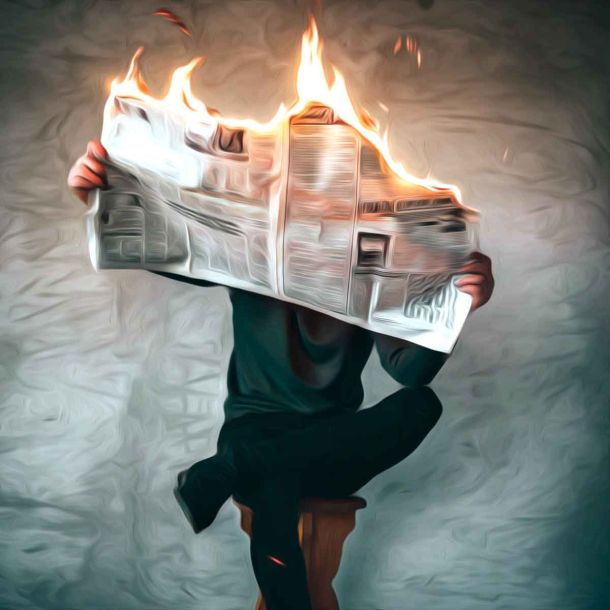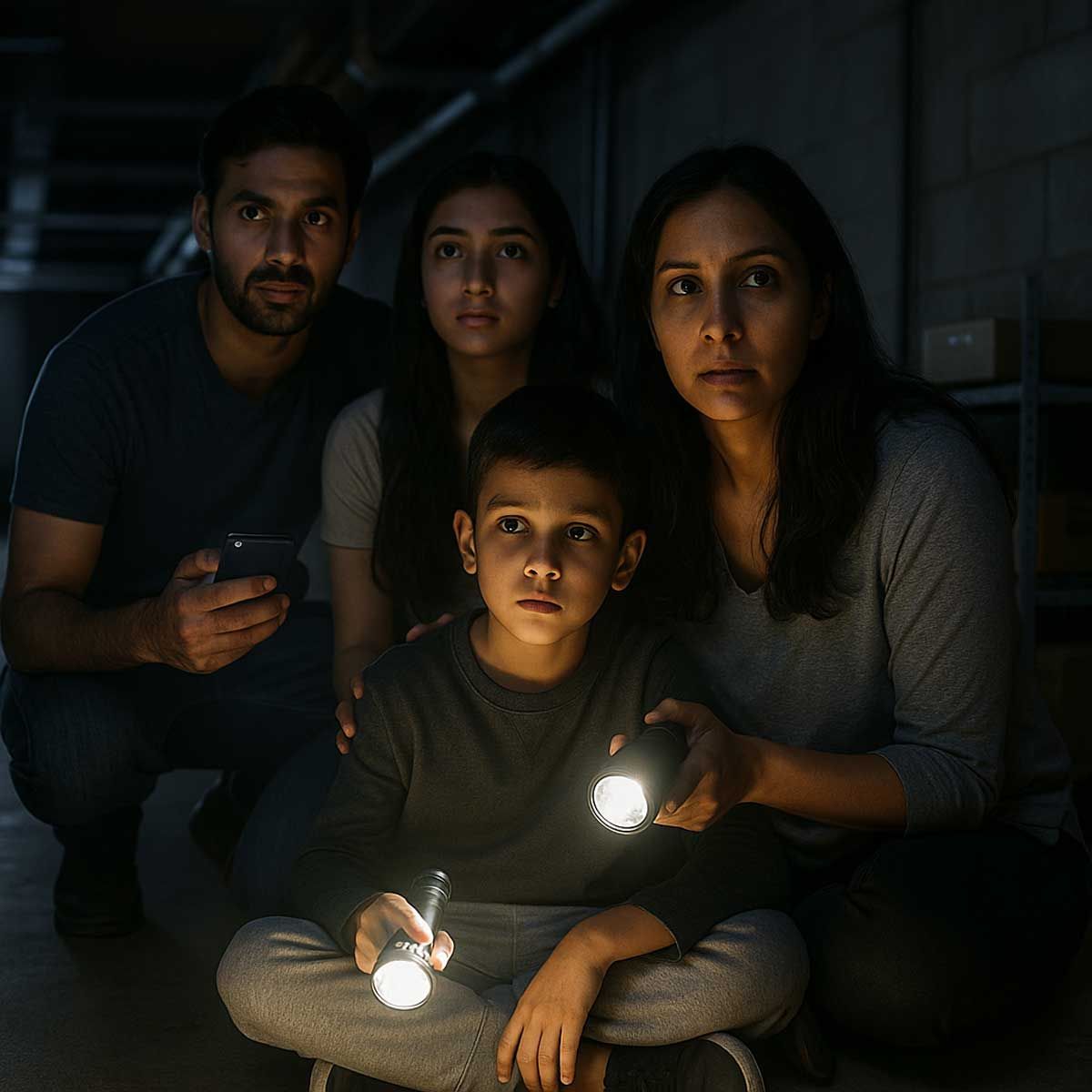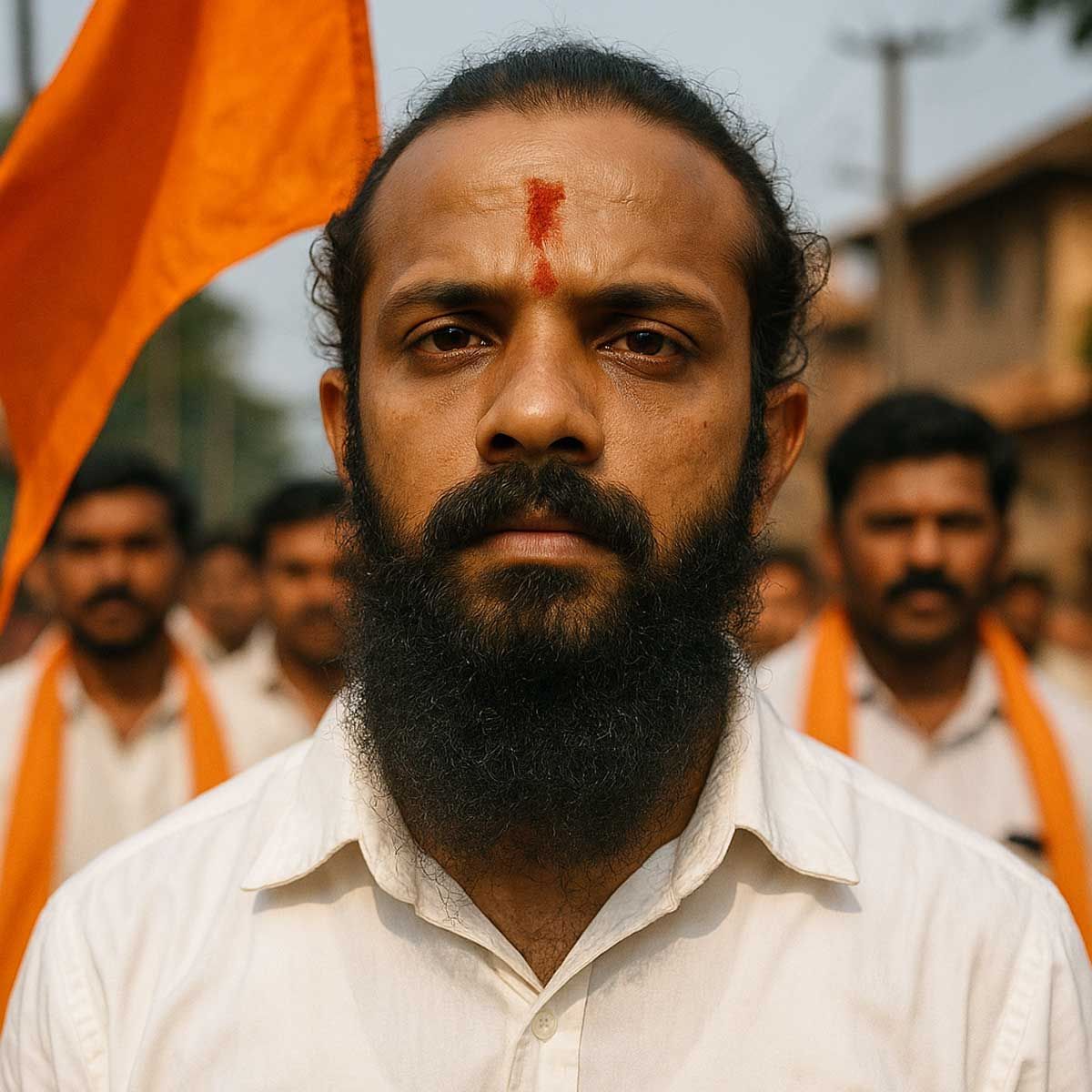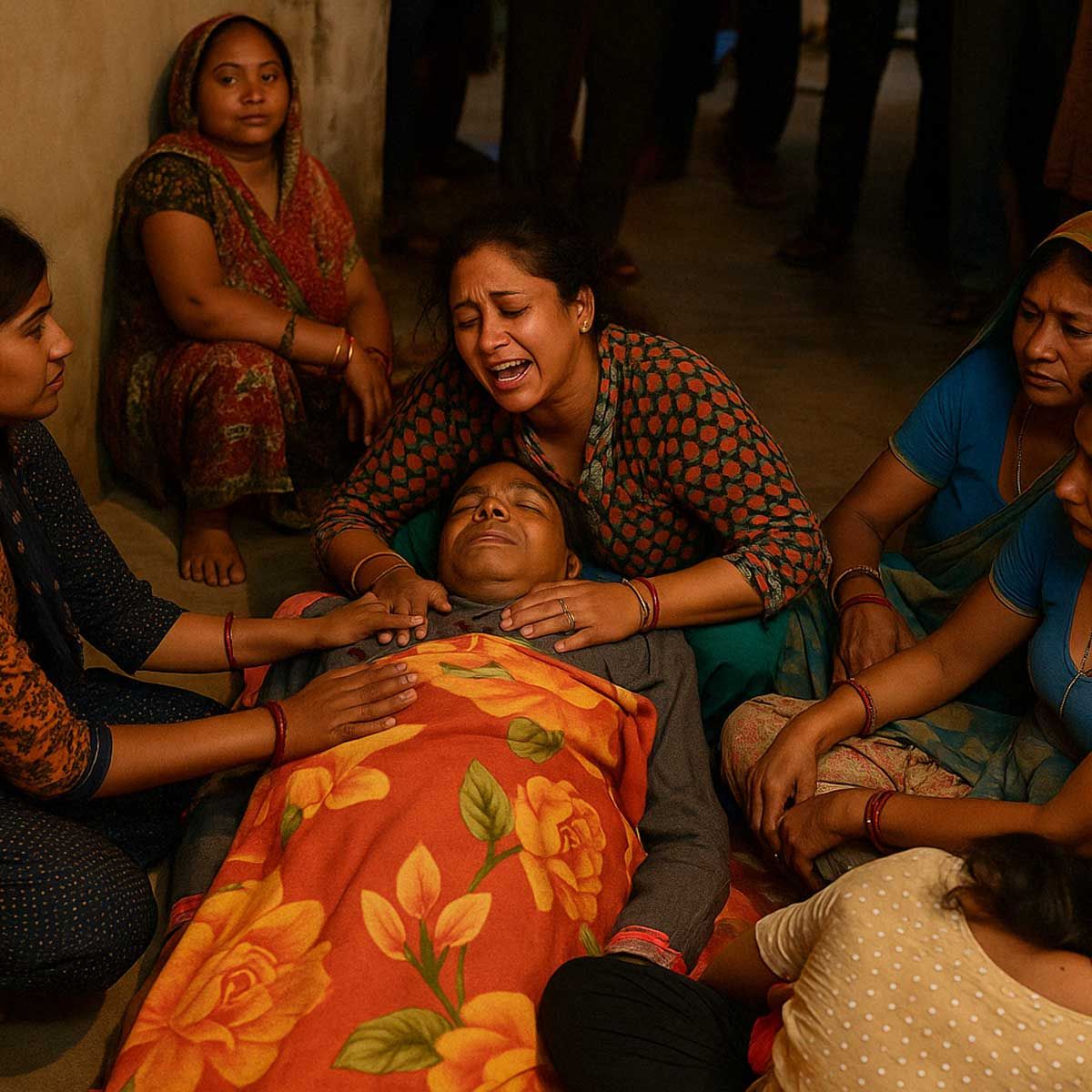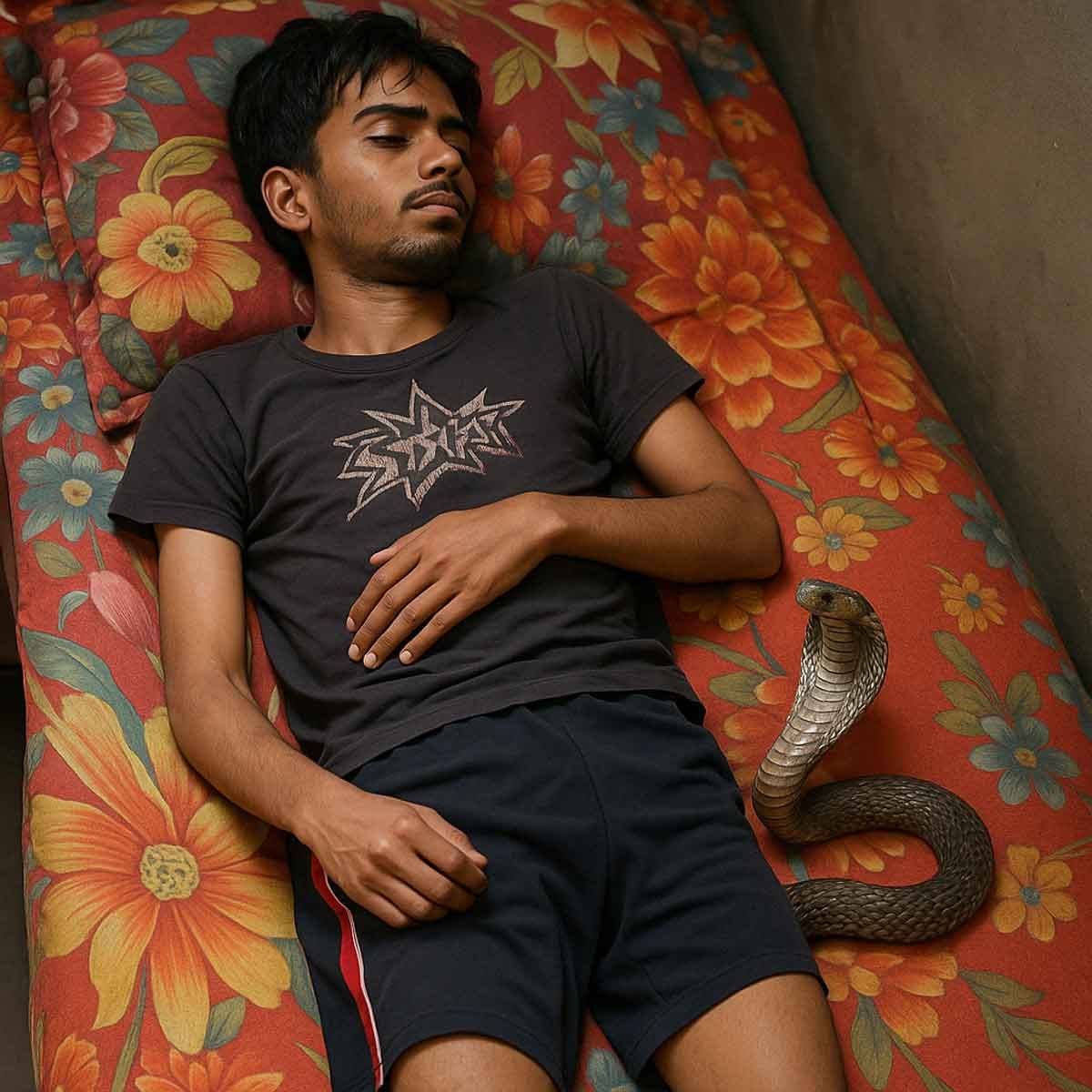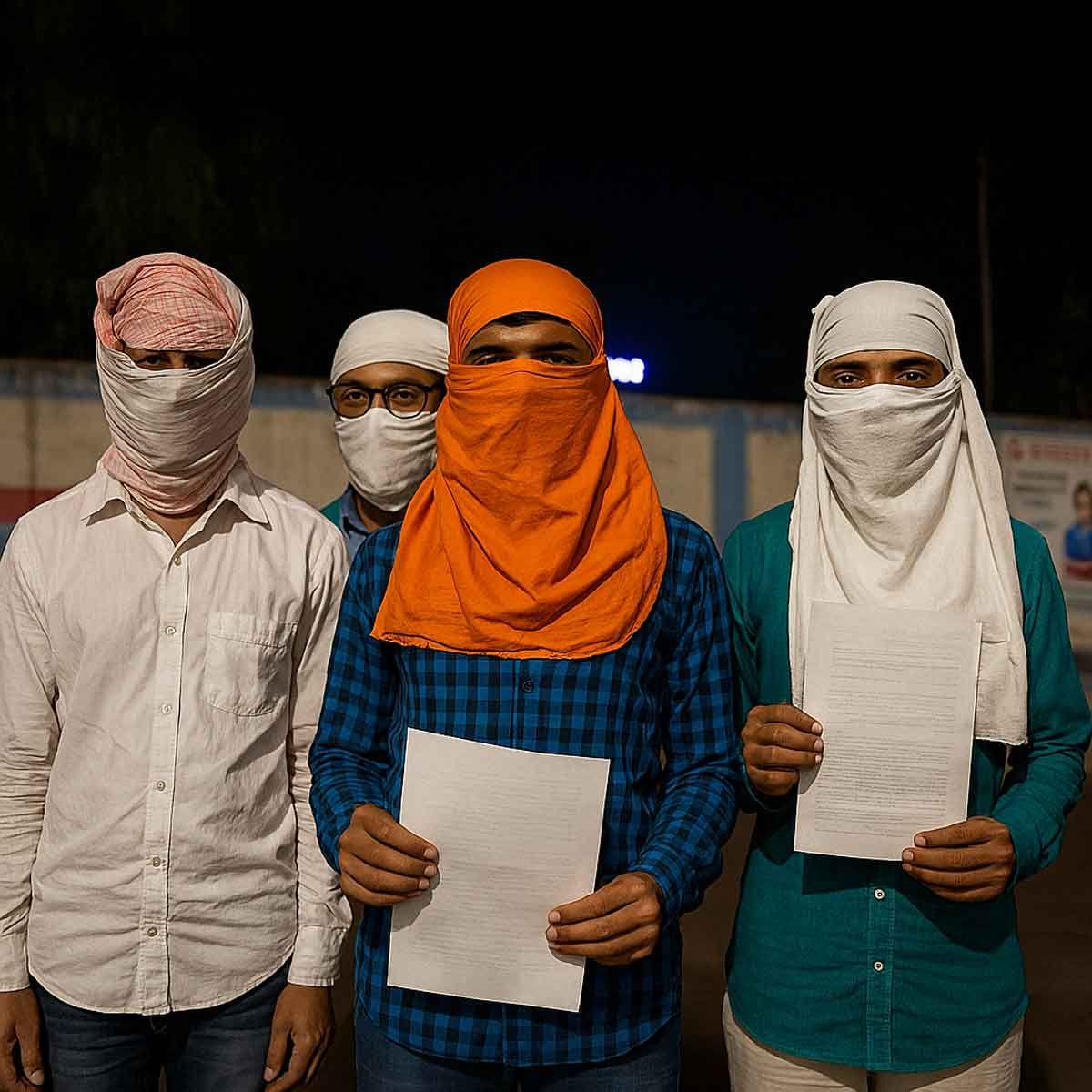More Coverage
Twitter Coverage
Satyaagrah
Written on
Satyaagrah
Written on
Satyaagrah
Written on
Satyaagrah
Written on
Satyaagrah
Written on
JOIN SATYAAGRAH SOCIAL MEDIA
“A visit to a museum is a search for beauty, truth, and meaning in our lives. Go to museums as often as you can”: The Indian Museum is the 9th oldest museum in the world founded in 1814 as the Oriental Museum of the Asiatic Society also called ‘Jadughar’

The Indian Museum in Central Kolkata, West Bengal, India, called the Imperial Museum of Calcutta before independence, is the ninth oldest museum in the world, the oldest and largest museum in India as well as in Asia. It has rare collections of antiques, armor and ornaments, fossils, skeletons, mummies, and Mughal paintings. It was founded by the Asiatic Society of Bengal in Kolkata (Calcutta), India, in 1814. The founder curator was Nathaniel Wallich, a Danish botanist.
It has six sections comprising thirty-five galleries of cultural and scientific artifacts namely Indian art, archaeology, anthropology, geology, zoology, and economic botany. Many rare and unique specimens, both Indian and trans-Indian, relating to humanities and natural sciences, are preserved and displayed in the galleries of these sections. In particular, the art and archaeology sections hold collections of international importance.
It is an autonomous organization under the Ministry of Culture, Government of India. The present Director of the Indian Museum is Shri Arijit Dutta Choudhury who is also the Director General, NCSM and has the additional charge of Director General of the National Library.
History
The history of the origin and the growth of the Indian Museum is one of the remarkable events towards the development of the heritage and culture of India. Founded in 1814 at the cradle of the Asiatic Society of Bengal (at the present building of the Asiatic Society, 1 Park Street, Kolkata), Indian Museum is the earliest and the largest multipurpose Museum not only in the Indian subcontinent but also in the Asia-Pacific region of the world.
The movement, which was started in 1814, in fact, was the beginning of a significant epoch initiating the socio-cultural and scientific achievements of the country. It is otherwise considered as the beginning of modernity and the end of the medieval era.
With the foundation of the Indian Museum in 1814, the Museum movement started rolling in India and through the years from then, got a new fillip and great momentum. Since then, it has so magnificently developed and culminated in the fruitful existence of more than 400 museums in the country.
To appreciate the history of the origin and growth of the Indian Museum we are to travel back to the last quarter of the 18th century when Sir William Jones a profound scholar who devoted his life to the service of India, founded the Asiatic Society in 1784 in Kolkata.
The role of the Asiatic Society was to form a learning center for the development of art and culture pertaining to socio-cultural activities, entertaining people, disseminating knowledge, and preserving the cultural as well as natural heritage of mankind for posterity within the geographical limits of Asia.
Sir William Jones, the founder of the Asiatic Society, however, in his inaugural address did not refer to the foundation of a museum as part of the activities of the society.
In 1796 the members of the Asiatic Society conceived the idea of establishing a Museum at a suitable place for the reception and preservation of objects whether it is performed by man or produced by nature.
The idea got shape in the beginning of 1808 when society found itself in a position to occupy its premises erected at the corner of Park Street on a land granted by the Government.
Six years later a definite effort was made to give effect to the intention to establish a museum when, Dr Nathanial Wallich, a Danish botanist, who had been taken prisoner at the siege of Serampur, Hooghly, but was released by the Government in recognition of his scientific attainments, wrote a letter to the society in which he strongly advocated the formation of a Museum and offered a proposal to the society not only to act as honorary curator of the proposed Museum but also to supply duplicates from his own valuable collections and that of the Asiatic Society in Calcutta, volunteering his service as a Curator wherein he proposed five sections—an archaeological, ethnological, a technical section and a geological and zoological one.
The council readily agreed and the Museum was created, with Wallich named the Honorary Curator and then Superintendent of the Oriental Museum of the Asiatic Society. Wallich also donated a number of botanical specimens to the museum from his personal collection. In 1815, Mr William Lloyd Gibbons, Asst Secretary and Librarian, was appointed Joint Secretary of the Museum.
After the resignation of Wallich, curators were paid salaries by the Asiatic Society ranging from Rs 50 to Rs 200 a month. However, in 1836, when the bankers of the Asiatic Society (Palmer and Company) became insolvent, the Government began to pay the salary of the Curator from its public funds since a large part of the collection was that of the surveyors of Survey of India.
A temporary grant of Rs 200 per month was sanctioned for maintenance of the museum and library, and J. T. Pearson of the Bengal Medical Service was appointed curator, followed shortly by John McClelland and, after the former's resignation, by Edward Blyth.
The proposal found ready acceptance with the members of the society and it was determined to establish Society Museum at the premises of the Asiatic Society of Bengal.
Thus a museum, under the guidance of Dr Nathanial Wallich was established on 2 February 1814 at the Asiatic Society. He was appointed as Honorary Curator of the Oriental Museum of the Asiatic Society.
Interesting and curious objects were collected from various parts of the country. A list of gifts consisted of 174 items were donated by 27 European donors in the year 1816. The individual collectors were Col. Stewart, Dr. Tytler, General Mackenjzie, Mr. Bryan Hodgson, Capt. Gillon.
|
Indian contributors started gifting objects to the Museum. Out of 49 donors of the list six donors were Baboo Ram Comul Sen, Kali Kissen Bahadoor, Moharaja Radhacant Deb, Mathuranath Mullick, Sivachandra Doss, and Her Highness Begam Sambroo.
In 1837, James Prinsep, Secretary of the Society wrote to the Government to adopt the proposition of the Society for the formation of a National Museum at the cost of the State.
Dr. Helfer and other scientific officers decided to found a museum of economic geology in Calcutta; this museum was actually opened in 1840. The Museum of economic geology thus constituted continued to occupy the premises of the Society till 1856 when the portion of the collection owned by the Government of India was removed and housed at no. 1 Hasting Street in connection with the Geological Survey of India.
In 1840, the Government took a keen interest in geology and mineral resources, and this led to an additional grant of Rs 250 per month for the geological section alone. In 1851 when the Geological Survey of India came into being with the advent of Sir Thomas Oldham, a rented building at 1, Hastings Road now K N Roy Road, the present site of the New Secretariat became its office. The geological collection of the Government of India's Museum of Economic Geology' at the Asiatic Society, were then transferred to this site in 1856. The Asiatic Society geological collection were however held back with the condition that it would be handed over to the GSI once a Museum for all its collection came into being. It was way back in 1837 that Sir James Princeps, then-Secretary of the Asiatic Society, had written to the Government asking for a Museum paid for by the state. A movement for a full-fledged Museum was thereafter keenly pursued over a decade, and later, with Sir Thomas Oldham, then Superintendent of the Geological Survey of India, at the helm, it gained momentum.
In 1856, the members of the society decided to submit a memorial to the Government of India for the establishment of an Imperial Museum at Calcutta. Two years later a representation was submitted to the Government of India in which the society pressed for the foundation of an Imperial Museum at Calcutta. The Government of India recognized its duty to establish an Imperial Museum in the Metropolis for the collection and exposition of specimens of natural history, physical, economic, and historical, etc.
In 1858, The Geological Museum was amalgamated with that of the Geological Survey of India.
In 1862, the Government of India announced the foundation of a Public Museum at Calcutta which might be taken into consideration with the practical realization.
Negotiations between the Government of India and the Asiatic Society were protracted till the middle of the year 1865 and it was decided that the Society should make over to the Board of Trustees for the proposed Museum for the zoological, geological, and archaeological collections and in this connection, Government of India would provide suitable accommodation for the Society in the Museum building.
Afterward, it was realized that the building as planned could not possibly find accommodation for the Asiatic Society in addition to the Geological Survey of India and the Natural History Museum, the society also expressed its unwillingness to enter a building where accommodation was insufficient and freedom of action was liable to be cramped.
|
In 1867 the foundation of the present building of the Indian Museum was thus laid on the finest site of Chowringhee in front of the small Cause Court. In 1875, the present Museum building on Chowringhee, designed by W. L. Grandville was completed. From 1814 to 1878 the museum was at the Asiatic Society of Park Street, Kolkata. After the completion of the construction of the new building at Chowringhee Road, the Society Museum was shifted from the Asiatic Society to the present building and it was thrown open to the public with two galleries on 1 April 1878. The Archaeology gallery and bird gallery of the Zoological Section had been declared open to the public in the present building.
Though in the beginning Indian Museum was opened with two galleries later on it was transformed into a multipurpose Institution where multi-disciplinary objects have been displayed in its six sections, viz. Art, Archaeology, Anthropology, Zoology, Geology, and Botany.
The museum which was known in the beginning as the “Asiatic Society Museum” subsequently came to be known as the “Imperial Museum” later familiarized as the “Indian Museum”. The museum is more familiar by the name Jadughar or Ajabghar among the visitors.
From the days of the Asiatic Museum, this institution has been rendering its services to the people of India as an epitome of the art and culture of India. The role of the Indian Museum witnesses the socio-cultural harmony between the Museum and the society.
As a consequence, the museum has developed into the largest institution of its kind in the country portraying the legacy and pride of the nation and also being highlighted as one of the pioneering National Institutions in the Constitution of the Republic of India.
The Museum Directorate has three main cultural sections namely, Art, Archaeology, and Anthropology together with eight co-ordinating service units such as Preservation, Publication, Photography, Presentation, Modelling, Education, Library, and Security.
The Museum has its own Medical unit to provide preliminary medical services to all the staff of the organization.
The administrative control of the cultural sections, viz. Art, Archaeology, and Anthropology along with the other co-ordinating units/sections rests with the Board of Trustees under the Directorate Office of Indian Museum.
This is an institution which is under the Ministry of Culture, Government of India
|
Collections
Egyptian | It currently occupies a resplendent mansion, and exhibits among others: an Egyptian mummy. The mummy is being restored.
Indian | The large collection of ancient and medieval Indian artifacts includes the complete railings and gateways of the Buddhist stupa from Bharhut (the bare stupa is still at Bharhut, near Satna, MP). The Bharhut panels are unique in that they are inscribed in the Brahmi script. The museum has a collection of the remains of the slightly later Amaravati Stupa. There is a large and representative collection of Buddhist and Hindu sculptures of the medieval period, especially those from Bengal, Bihar, and Odisha.
Also preserved are Buddha's relics, a copy of the Lion Capital of Ashoka from an Ashoka pillar (original in the Sarnath Museum) whose four-lion symbol became the official emblem of the Republic of India, fossil skeletons of prehistoric animals, an art collection, rare antiques, and a collection of meteorites.
The Indian Museum is also regarded as "the beginning of a significant epoch initiating the socio-cultural and scientific achievements of the country. It is otherwise considered as the beginning of the modernity and the end of medieval era"
Natural History | The museum has four galleries dedicated to natural history, namely the botanical, insect, mammal, and bird galleries. It also contains prehistoric artifacts such as the huge skeleton of a dinosaur.
Administration
Administrative control of the Cultural sections, viz. Art, Archaeology, and Anthropology rests with the Board of Trustees under its Directorate, and of the three other science sections is with the geological survey of India, the zoological survey of India, and the Botanical Survey of India. The museum Directorate has eight co-ordinating service units: Education, preservation, publication, presentation, photography, medical, modeling, and library. This multipurpose institution with multidisciplinary activities is being included as an Institute of national importance in the seventh schedule of the Constitution of India.
References:
 Support Us
Support Us
Satyagraha was born from the heart of our land, with an undying aim to unveil the true essence of Bharat. It seeks to illuminate the hidden tales of our valiant freedom fighters and the rich chronicles that haven't yet sung their complete melody in the mainstream.
While platforms like NDTV and 'The Wire' effortlessly garner funds under the banner of safeguarding democracy, we at Satyagraha walk a different path. Our strength and resonance come from you. In this journey to weave a stronger Bharat, every little contribution amplifies our voice. Let's come together, contribute as you can, and champion the true spirit of our nation.
 |  |  |
| ICICI Bank of Satyaagrah | Razorpay Bank of Satyaagrah | PayPal Bank of Satyaagrah - For International Payments |
If all above doesn't work, then try the LINK below:
Please share the article on other platforms
DISCLAIMER: The author is solely responsible for the views expressed in this article. The author carries the responsibility for citing and/or licensing of images utilized within the text. The website also frequently uses non-commercial images for representational purposes only in line with the article. We are not responsible for the authenticity of such images. If some images have a copyright issue, we request the person/entity to contact us at This email address is being protected from spambots. You need JavaScript enabled to view it. and we will take the necessary actions to resolve the issue.
Related Articles
- An Artisan Heritage Crafts Village: Indigenous Sustainability of Raghurajpur
- The Islamic Doctrine of Permanent War: Jihãd and Religious Riot
- 21-yr-old girl Bina Das shot Bengal Governor in her convocation programme at Calcutta University, got Padma Shri but died in penury
- Christian fundamentalist Charles Dickens who hated Hindus and Bharat with a vengeance bordering to the insanity – quite like another British hero Winston Churchill
- "And he saw the angel in the marble and carved until he set him free": Granite monolithic Nandi of 16 feet in height and 24 feet long sits atop the Chamundi Hills of Mysore, creation of this colossal image is attributed to Maharaja Dodda Devaraja Wodeyar
- On 16th Aug 1946, during Ramzan's 18th day, Direct Action Day aimed to provoke Muslims by mirroring Prophet Muhammad's victory at Badr, Gopal 'Patha', the Lion of Bengal, heroically saved Bengali Hindus & Calcutta from a planned genocide, altering history
- Fearless female sniper Uda Devi, who etched history during the Siege of Lucknow!
- A Different 9/11: How Vivekananda Won Americans’ Hearts and Minds
- "The relentless pressures of the so-called marketplace have distorted all our history and culture": 'Revolutionaries - The Other Story of How India Won Its Freedom'' by Shri Sanjeev Sanyal says History of India’s freedom struggle must be re-written
- Sarla Thakral, India's first woman pilot at just 21, defines Nari Shakti, rising in a saree amidst a male-dominated era, she transitioned as a visionary artist and designer, her legacy remains an emblem of resilience and women empowerment in India
- Godse's speech and analysis of fanaticism of Gandhi: Hindus should never be angry against Muslims
- When Secular Nehru Opposed Restoration Of Somnath Temple - The Somnath Temple treachery
- "Fortitude is the marshal of thought, the armor of the will, and the fort of reason": Kumbhalgarh also known as Great Wall of India is a Mewar fortress on westerly range of Aravalli Hills, it snakes through valleys in Rajsamand district of the Rajasthan
- Nehru's Himalayan Blunders which costed India dearly - Integration of Princely States
- Can Communism and Democracy Coexist - 100 Years of Russian Revolution






